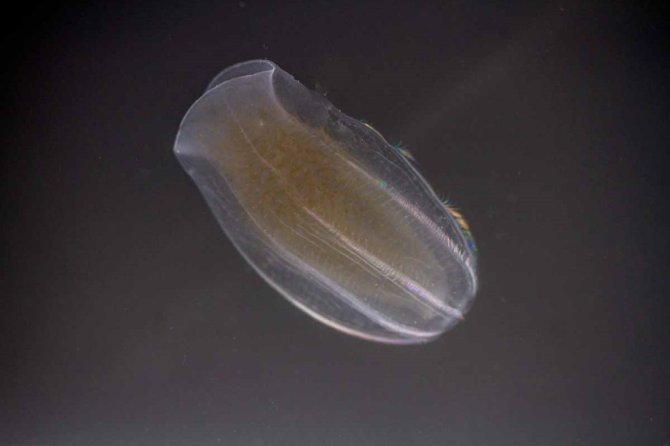
Neuigkeiten
More advantages of sea ice for young Antarctic krill
Krill larvae in ice-covered regions of the Southern Ocean can feed well on food from sea ice. Further research showed that the sea-ice habitat has even more advantages during the winter months. Fewer small animals need to feed on the same food than in deeper water layers, and the ice offers protection from predation. These results were recently published in the scientific journal Polar Biology.
The advantages of sea ice
The winter months can be a harsh period for young krill born in the preceding summer, as they do not have the reserves yet that adult krill have, which protects them from food shortage. Earlier research already showed that algae and other organisms in the sea ice could compensate for this undersupply. There are, however, other animals that also need food during this season. The new study showed more competition for the little food available in deeper water layers than for the food in the ice. That means that the larvae have to share their food with fewer other little animals. In addition, the young krill are a source of food for, for example, chaetognaths, comb jellies and amphipods due to their small size compared to adult krill. The study showed that larval krill suffer less from predation when they remain close to the ice because there are less predators than in the deeper waters. The sea ice thus offers protection.

Knowledge development as policy input
Knowledge about young krill and their survival is important for policy making regarding nature conservation and fisheries.
